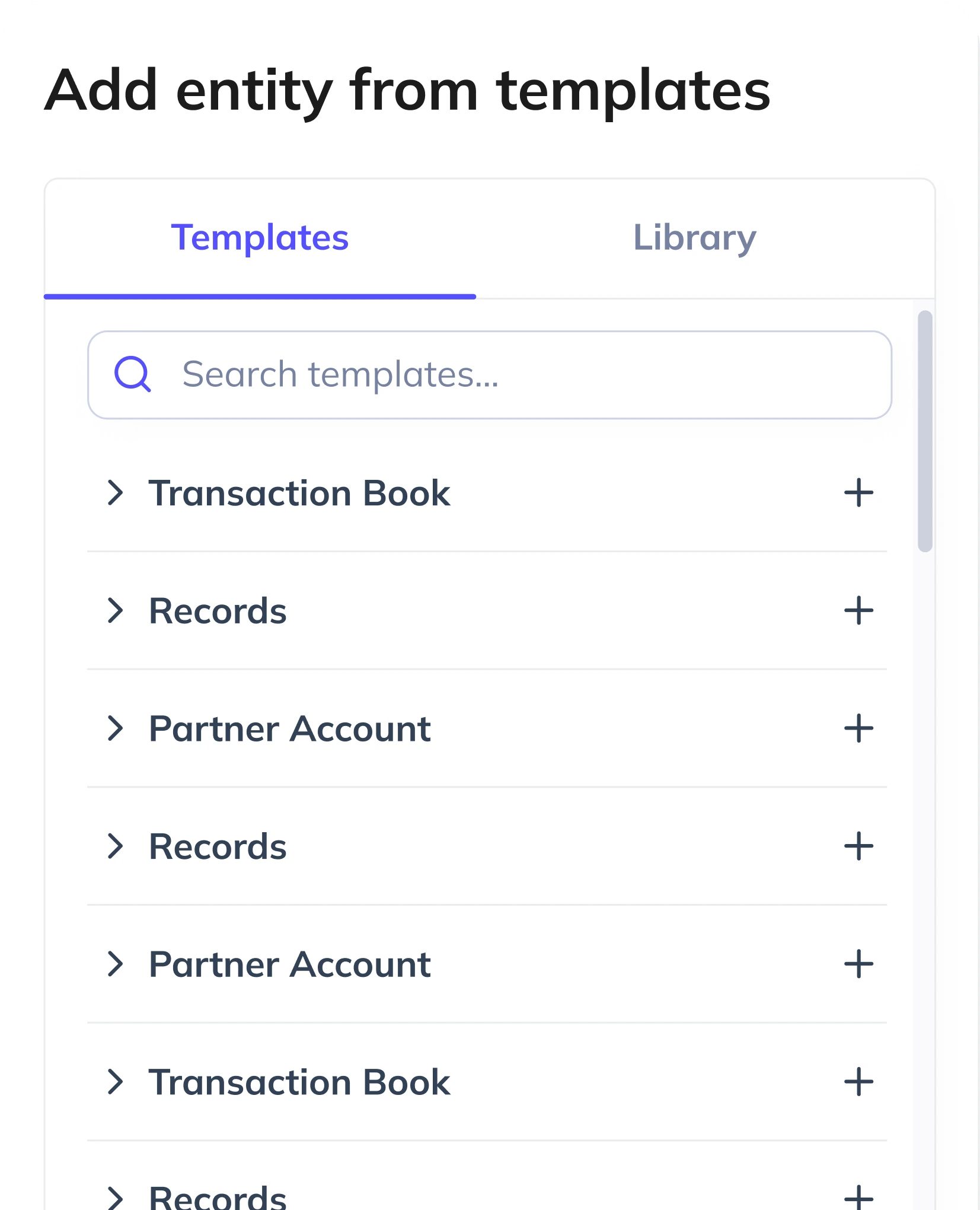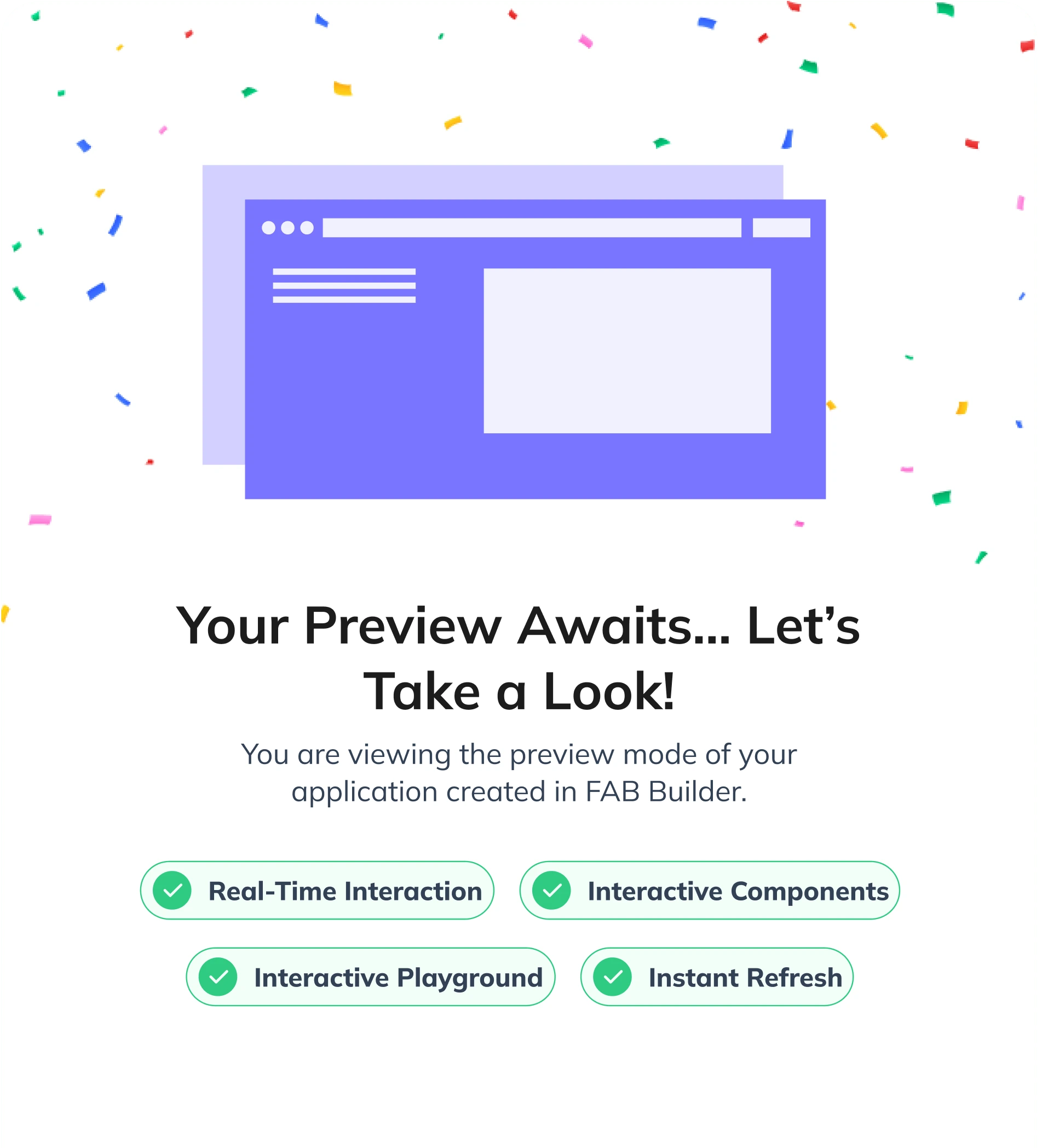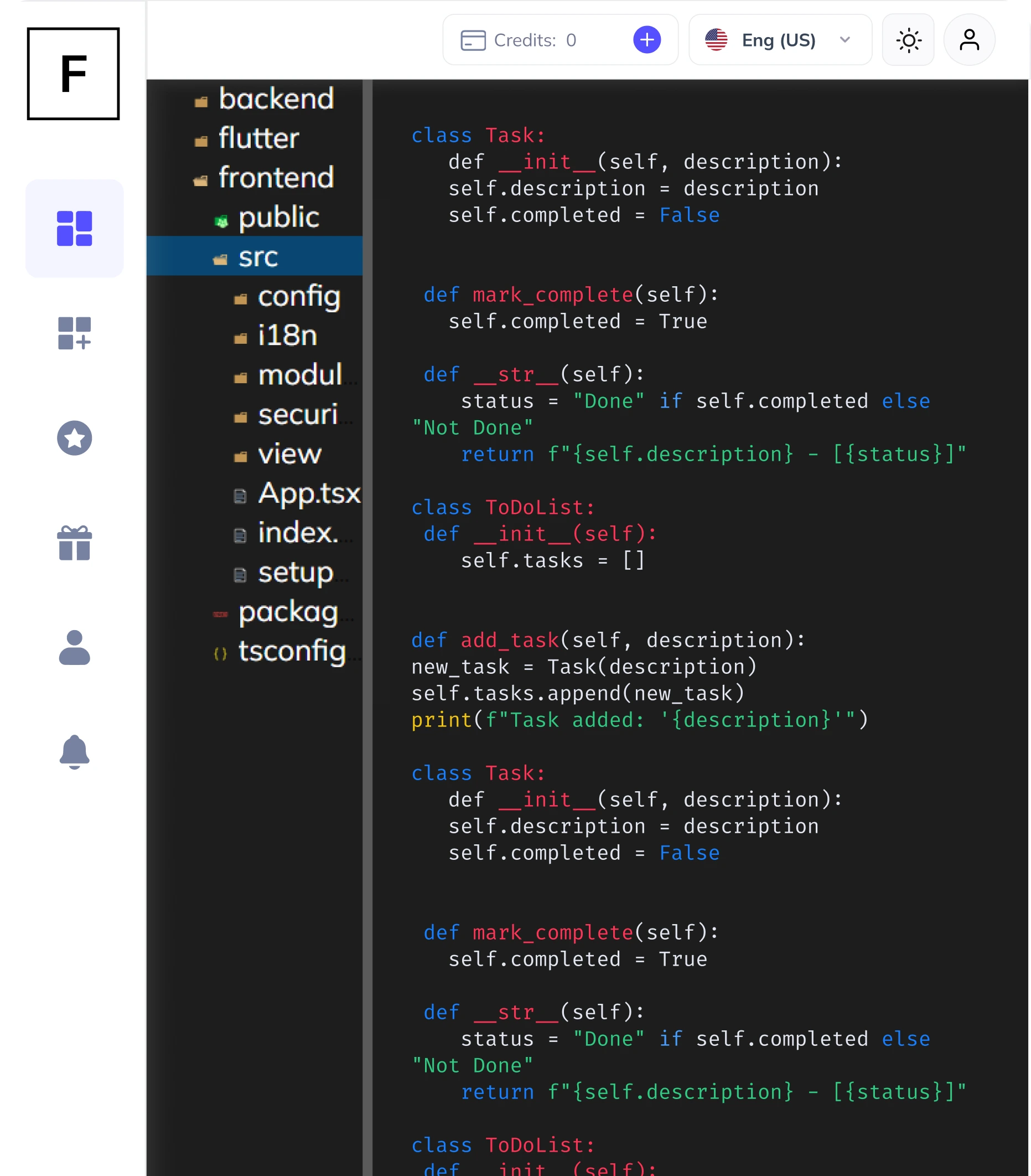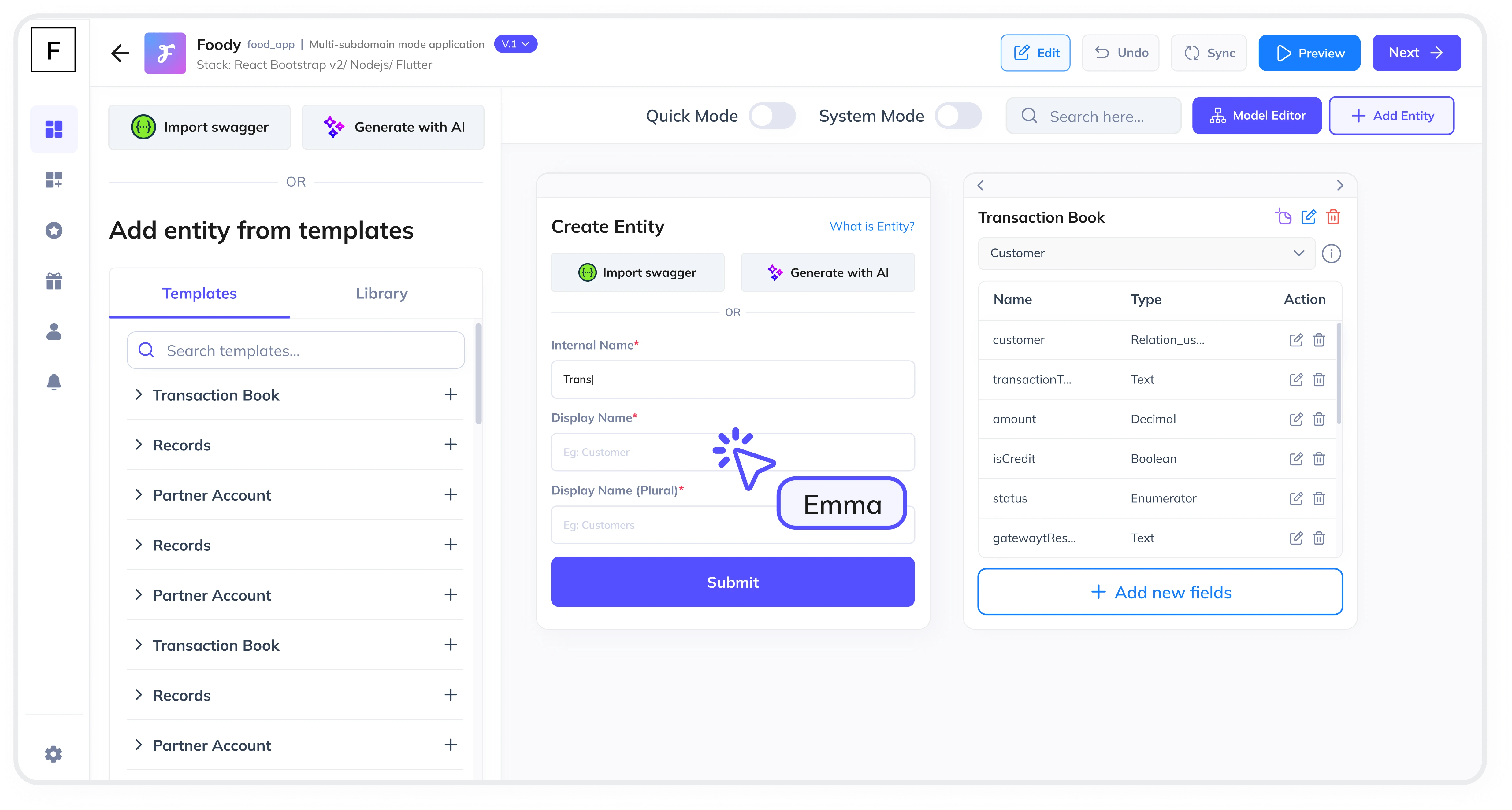Summarize and analyze this article with:
In the healthcare sector, digitizing patient data and medical history is critical for improving care coordination, reducing errors, and enhancing patient outcomes. An Electronic Health Records (EHR) Module enables healthcare providers to securely store, manage, and share patient information across systems. This guide will walk you through the step-by-step process of building a robust EHR Module. Plus, we’ll show you how FAB Builder, a low-code platform, can help you create a customizable, HIPAA-compliant, and production-ready EHR solution in just a few hours.
Why is an EHR Module Important?
An EHR Module is the backbone of modern healthcare management systems. It allows healthcare providers to:
- Digitize patient demographics, medical history, diagnoses, and treatment plans.
- Streamline access to lab results, imaging reports, and prescriptions.
- Enhance care coordination across departments and facilities.
- Ensure compliance with healthcare regulations (e.g., HIPAA, GDPR).
- Integrate with billing systems, telehealth platforms, and pharmacy networks.
With the right tools, you can build a scalable and customizable module that adapts to evolving clinical and operational needs.
Step-by-Step Guide to Building an EHR Module
Step 1: Define Your Requirements
Before starting development, outline the key features your EHR Module needs:
- Patient Data Management: Capture demographics, allergies, medications, and medical history.
- Clinical Documentation: Support progress notes, lab results, imaging reports, and prescriptions.
- Interoperability: Integrate with labs, pharmacies, and other EHR/EMR systems.
- Security: Ensure HIPAA compliance with encryption and role-based access.
- Analytics: Generate insights on patient outcomes and treatment efficacy.
Step 2: Choose the Right Development Platform
Building an EHR Module from scratch can be time-consuming and costly. Instead, leverage a low-code platform like FAB Builder to:
- Save Time: Build the module in a few hours instead of months.
- Ensure Scalability: Adapt to new regulations or clinical workflows.
- Access Full Source Code: Download and retain intellectual property rights.
- Customize: Tailor the module to your healthcare workflows.
With FAB Builder, you can also create multi-tenant SaaS applications, enabling hospitals or clinics to sell subscriptions to smaller practices.
Step 3: Select Your Technology Stack
FAB Builder supports a wide range of technologies, ensuring flexibility and interoperability:
Frontend Technologies
Choose from frameworks like:
- ReactJs (with AntDesign, Tailwind, Bootstrap, or Material)
- Vue
- Angular
- NextJs
Backend Technologies
Select the backend stack that suits your needs:
- NodeJs
- Dotnet
- Java
Database Options
FAB Builder supports multiple databases, including:
- SQL (MySQL, PostgreSQL)
- NoSQL (MongoDB)
Switch between tech stacks at any stage without losing functionality. FAB Builder ensures entities, fields, and features adapt automatically.
Step 4: Design the Database Schema
A secure, structured database is crucial for EHR systems. Key tables to include:
- Patients: Stores demographics, medical history, and insurance details.
- Encounters: Tracks patient visits, diagnoses, and treatment plans.
- Labs/Imaging: Manages test results and imaging reports.
- Prescriptions: Logs medications, dosages, and refill requests.
Using FAB Builder’s AI-assisted entity creation, generate a schema based on your application description, saving weeks of manual work.
Step 5: Develop the Frontend
The frontend is where clinicians interact with patient data. Key components to include:
- Patient Dashboard: Display medical history, active treatments, and test results.
- Clinical Notes Interface: Allow providers to document visits in real-time.
- Admin Panel: Manage user roles, audit logs, and system settings.
FAB Builder’s low-code platform lets you design intuitive, responsive interfaces without writing extensive code.
Step 6: Build the Backend
The backend handles data processing and integrations. Key functionalities:
- Data Encryption: Secure patient data at rest and in transit.
- API Integration: Connect with labs (HL7/FHIR), pharmacies, and billing systems.
- Role-Based Access: Restrict data access based on user roles (e.g., doctors, nurses).
- Audit Trails: Track data access and modifications for compliance.
With FAB Builder, generate production-ready code optimized for performance and scalability.
Step 7: Test and Deploy
Thoroughly test the EHR Module for compliance, security, and interoperability with healthcare systems. Deploy it to the cloud with one click using FAB Builder’s managed hosting services for AWS, GCP, or Azure.
Step 8: Customize and Scale
As healthcare needs evolve, add features like AI-driven diagnostics or telehealth integration. With FAB Builder’s full source code access, customize the module to meet emerging requirements.
Why Choose FAB Builder for Your Healthcare Management System?
- Low-Code Platform: Build a Healthcare Management System in hours.
- Development Efficiency: Accelerate development with AI-assisted workflows.
- Scalability: Adapt quickly to regulatory changes or new care models.
- Full Source Code Access: Own and modify every line of code.
- Customizable: Align the EHR with your clinical workflows.
- Integration-Ready: Connect with labs, pharmacies, and telehealth tools.
- Multi-Tenant SaaS: Monetize by selling subscriptions to B2B clients.
Building an Electronic Health Records (EHR) Module for your healthcare management system doesn’t have to be complex or time-consuming. With FAB Builder, you can create a customizable, HIPAA-compliant, and production-ready EHR in just a few hours. From AI-assisted entity creation to full source code access, FAB Builder empowers you to build secure, scalable solutions that transform patient care delivery.



















